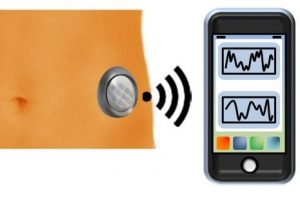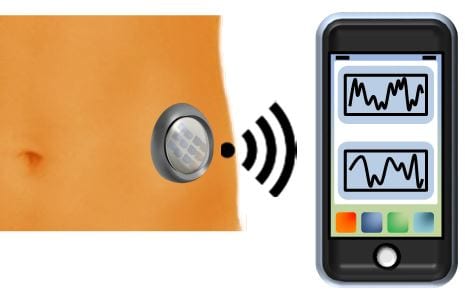 Diabetes mellitus is a chronic disease suffered by nearly 26 million people in the United States alone. It is characterized by elevated glucose blood levels, and can lead to kidney failure, nerve damage, blindness, stroke, and heard disease. The insulin hormone, which regulates glucose levels, is no longer produced by the pancreases in the case of type 1 diabetes, whereas in type 2 diabetes, the body is resistant to the insulin function or does not produce it in sufficient amount.
Diabetes mellitus is a chronic disease suffered by nearly 26 million people in the United States alone. It is characterized by elevated glucose blood levels, and can lead to kidney failure, nerve damage, blindness, stroke, and heard disease. The insulin hormone, which regulates glucose levels, is no longer produced by the pancreases in the case of type 1 diabetes, whereas in type 2 diabetes, the body is resistant to the insulin function or does not produce it in sufficient amount.
Biomedical insulin pumps, which assist a patient in the self-administration of insulin through an existing infusion cannula, help patients to controls their glucose levels. However, these devices are unable to autonomously delivery this drug because of the dangers of under- or overmedication. The concept of an insulin sensor capable of monitoring the insulin level in tissue can potentially assist in the automation of this delivery as an important step to a closed loop (artificial pancreases) system.
In a recent paper from Bisker et. al., a team from MIT explores the dynamics and operation of a hypothetical insulin sensor using a mathematical model for glucose, insulin and glucagon circulating in the body. The model provides the first quantitative tool for the engineering of such a sensor, and allows for its optimal design and operation. The model will be important for the development and optimization of this new class of biosensor.

















